The perfect semolina halwa with almonds and Dairy Milk needs the perfect troubleshooting guide, especially when cocoa is involved. Read on!

If you love your halwa warm, wet, and thick, then you must try this version of semolina halwa with almonds and Dairy Milk, which is a nice upgrade of the classic recipe. Chocolate halwa isn't hard to make, but it's easy to mess up. This version combines the rich flavor of cocoa from the powder and the chocolate bar with the comforting smoothness of semolina halwa. While it sounds simple, making chocolate halwa requires a bit of care to get the consistency and flavor just right. Small mistakes can lead to a halwa that’s too watery, grainy, burnt, or overly sweet. To help you master this dessert, here are some common errors to watch out for and how to avoid them.
1. Use Unsweetened Cocoa Powder
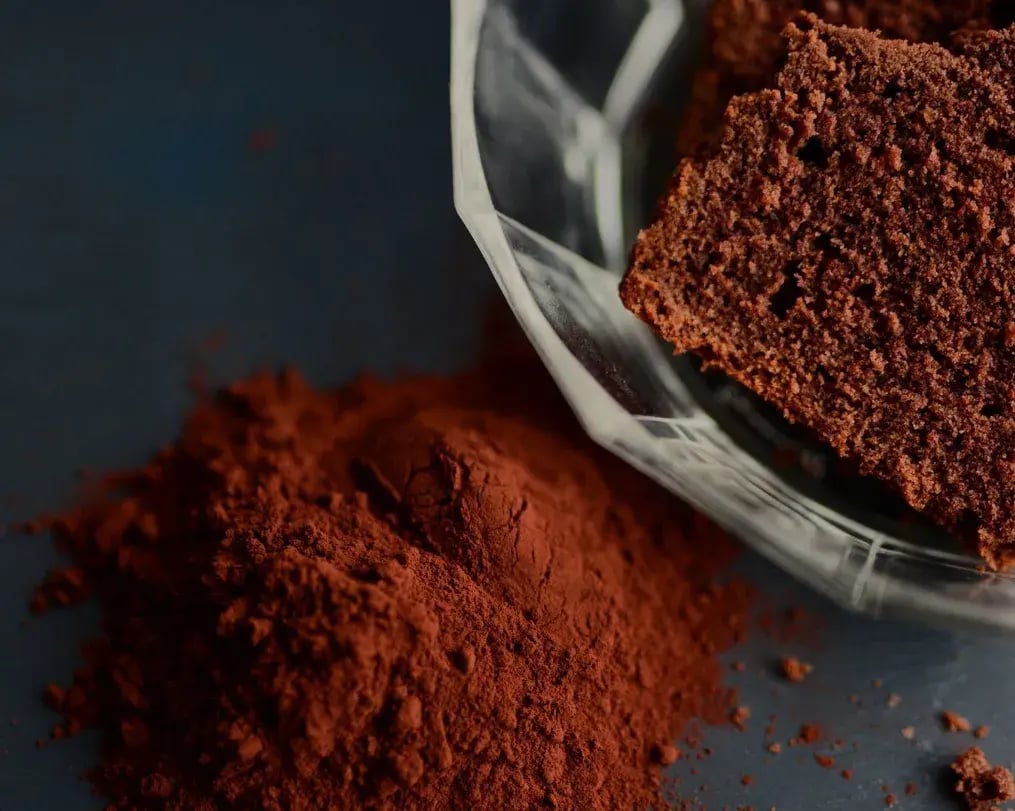
A lot of people reach for hot chocolate mix or sweetened cocoa, thinking “chocolate is chocolate”. It’s not. Sweetened cocoa powders or chocolate drink mixes come loaded with sugar, stabilizers, and milk solids. Add that to your halwa, and now you’ve got unpredictable sweetness and a powdery mouthfeel. Unsweetened cocoa powder is the best choice; go for Cadbury Cocoa Powder, because it provides the true chocolate flavor without added sugar. This allows you to control sweetness by adjusting the amount of sugar or jaggery separately, tailoring it exactly to your taste preferences.
2. Adding Cocoa While Roasting the Semolina
Cocoa is fragile to heat, and also to how it is used in heat-sensitive recipes like semolina halwa. Add it to a hot pan early, and it will scorch. Scorched cocoa tastes bitter, metallic, and ruins the entire batch; no amount of ghee or sugar can save it. Instead, roast the semolina (suji) on low-medium heat until it turns slightly golden and smells nutty. Then turn down the heat, add the cocoa powder, mix for just 10-20 seconds, and immediately add the hot milk or water. This locks the cocoa flavor in without burning it.
3. Wrong Liquid Ratio
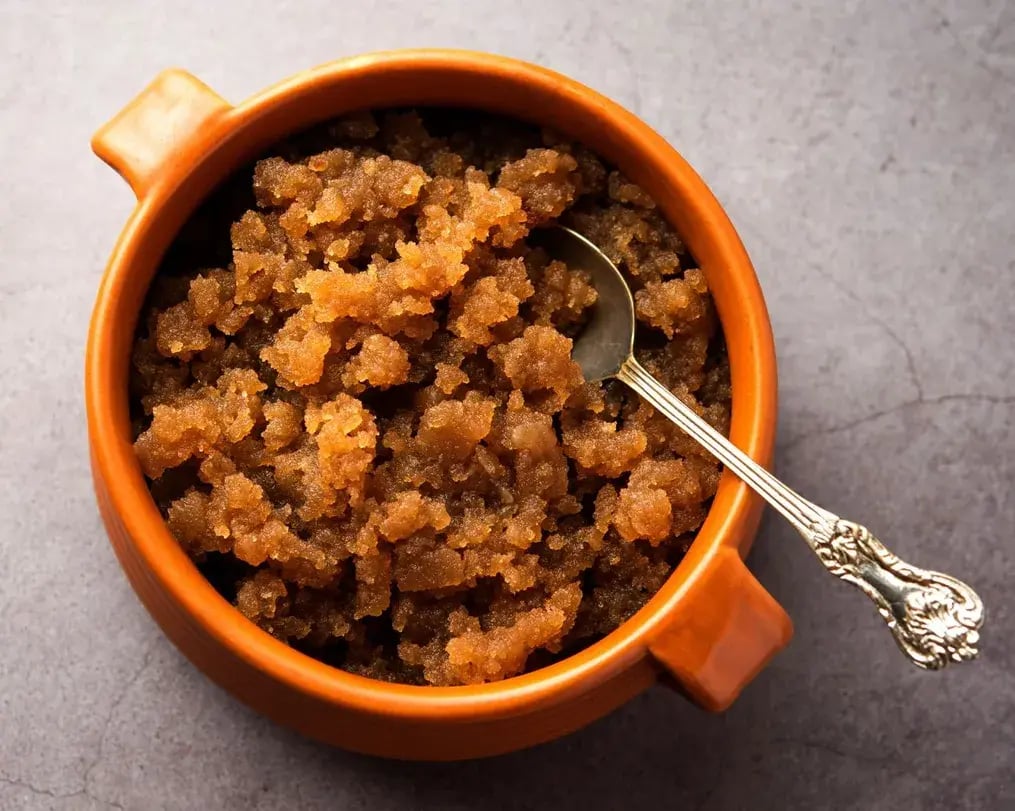
Most recipes usually follow the regular halwa ratios (1 part suji to 2 or 2.5 parts liquid) without adjusting for cocoa. Cocoa thickens the halwa faster and absorbs more moisture than you think. Too much liquid, and the halwa stays runny. Too little, and it dries out before the semolina is cooked. Start with 1 part suji, 2 parts liquid (milk or a milk-water mix), and keep ½ cup extra warm milk on standby. Stir, and if it tightens too fast, add a splash. You can fix a dense halwa; you can’t fix a soupy one without overcooking it.
4. Lack of Continuous Stirring
This isn’t the kind of dish you leave alone. Once the liquid hits the pan, cocoa and semolina start absorbing fast. Any pause in stirring and you get lumps, or even dry patches that won’t break up later. Use a wide spatula. Scrape the bottom and sides constantly. Keep stirring until the halwa pulls away from the sides and forms a smooth, soft mass. If you stop, it clumps. If it clumps, it’s game over.
5. Using the Wrong Pan
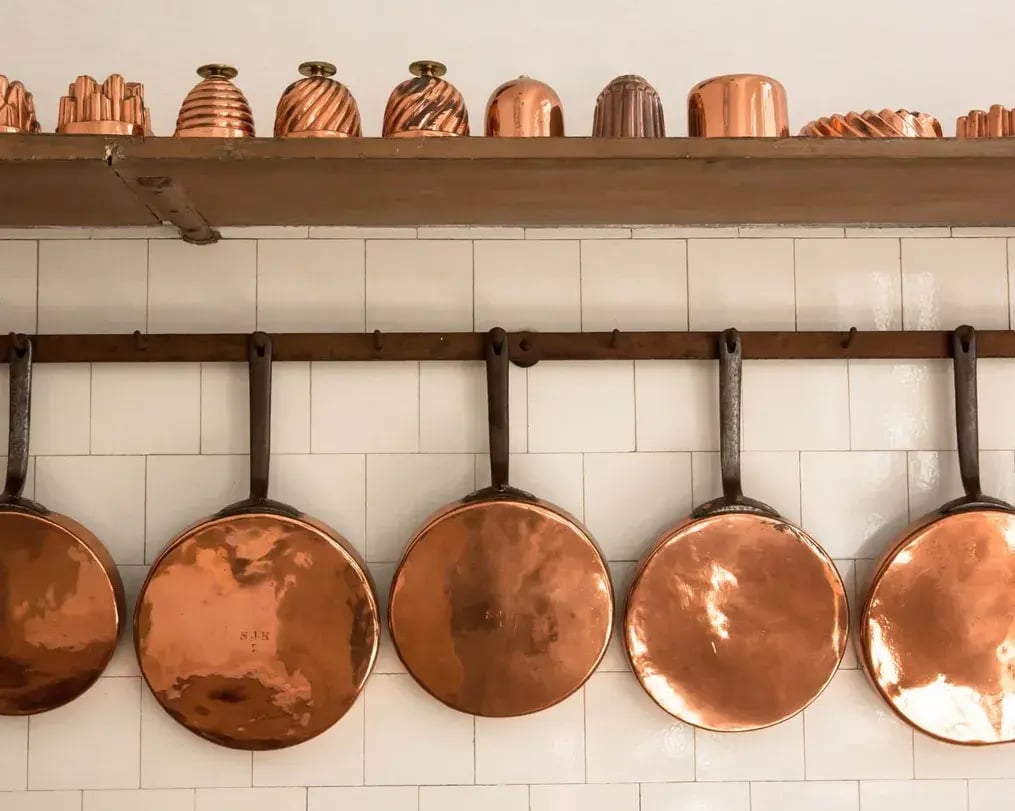
Chocolate halwa in a thin aluminum or steel pan? You’re asking for burnt bottoms and uneven cooking. Cocoa is more heat-sensitive than semolina alone. One hot spot and it sticks, scorches, and tastes burnt. Use a heavy-bottomed or nonstick pan, for it distributes heat evenly and gives you a larger window before anything catches. Especially important if you’re making a bigger batch, surface area matters.
6. Not Letting It Rest After Cooking
Halwa keeps changing after the heat is off. People often serve it too soon and complain it’s too loose or sticky. Right after cooking, it’s still hydrating and thickening. Cutting that process short leaves you with a runny consistency and half-developed flavor, which might taste raw. Turn off the heat, cover loosely, and leave it alone for at least 5 minutes. If it gets too tight, stir in a tablespoon of hot milk or water and fluff it. That resting time is crucial for the halwa to thicken into a dense, chocolatey dessert.
7. Overdoing the Garnish
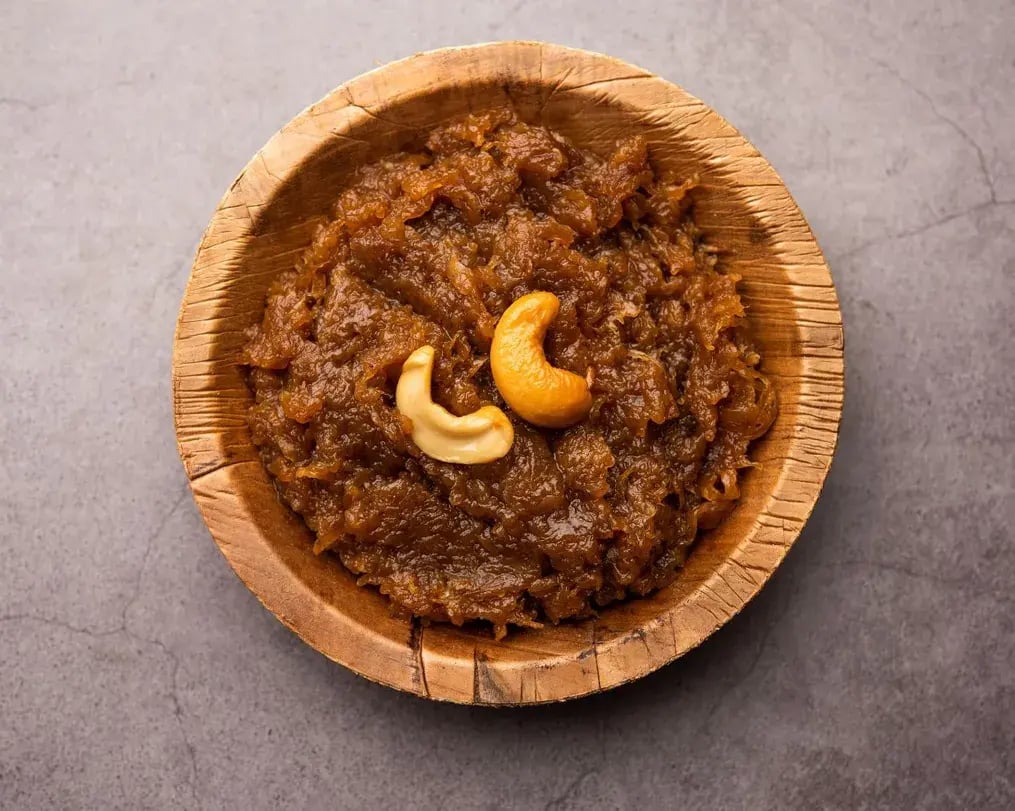
Chocolate already has a strong flavor. Loading the halwa with raisins, cardamom, or chocolate chips just muddles the taste. Too many toppings, and you lose the focus of the dish, and you just might taste the sugar in it instead of the whole ghee-rich goddess. Keep it simple: Toasted cashews, almonds, or hazelnuts work. A light sprinkle of sea salt or a touch of vanilla extract (before cooking) adds complexity. But that’s it.
Like This Article?
More Like This
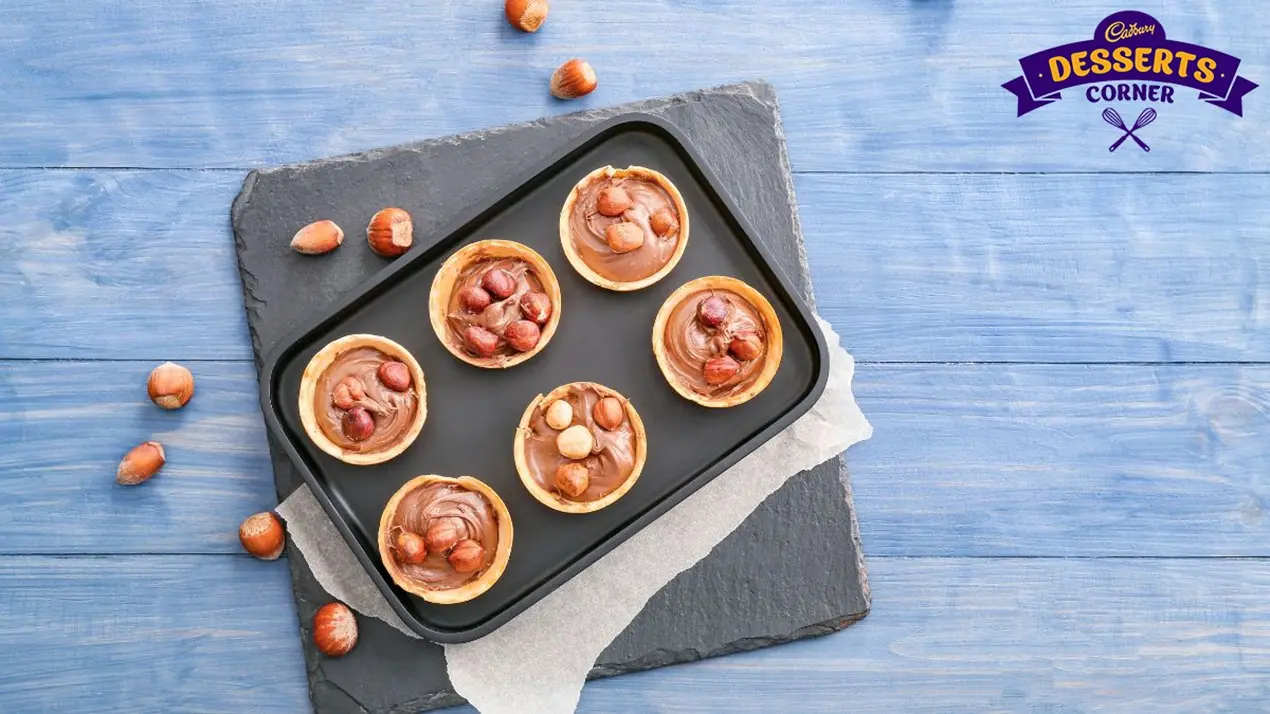
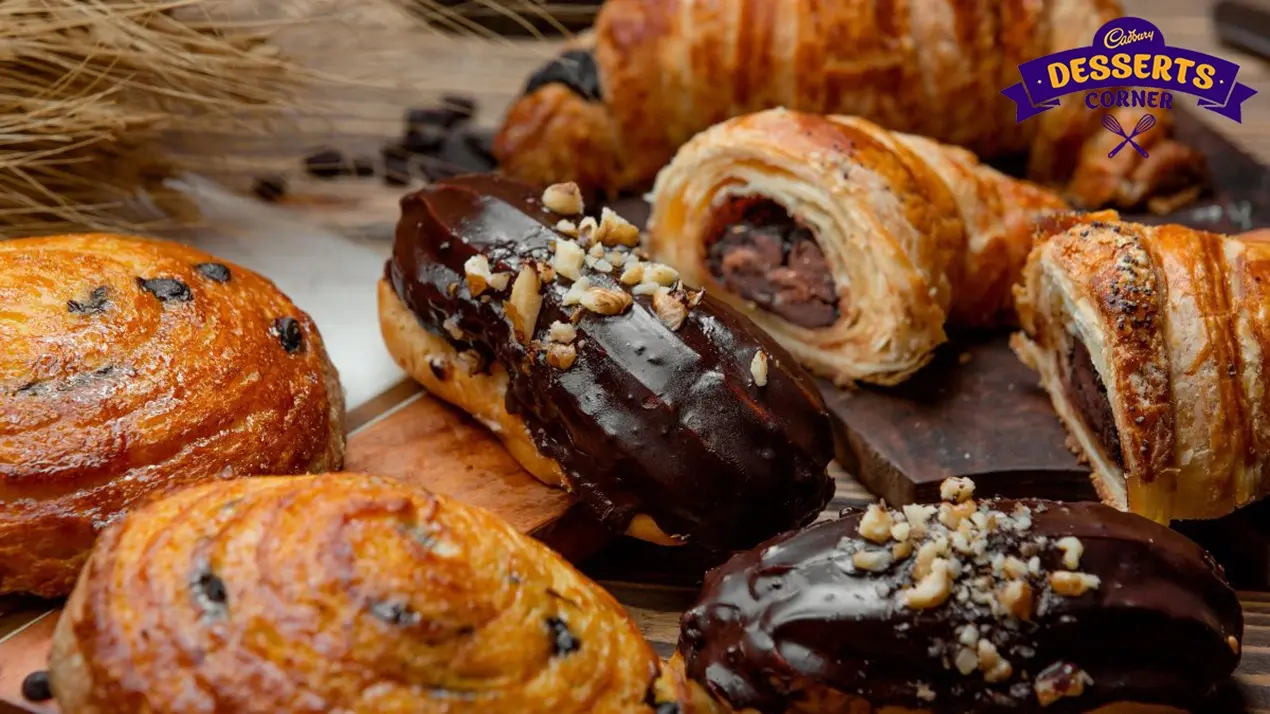


Popular Articles





Trending Web Stories
Curated Recipes


















